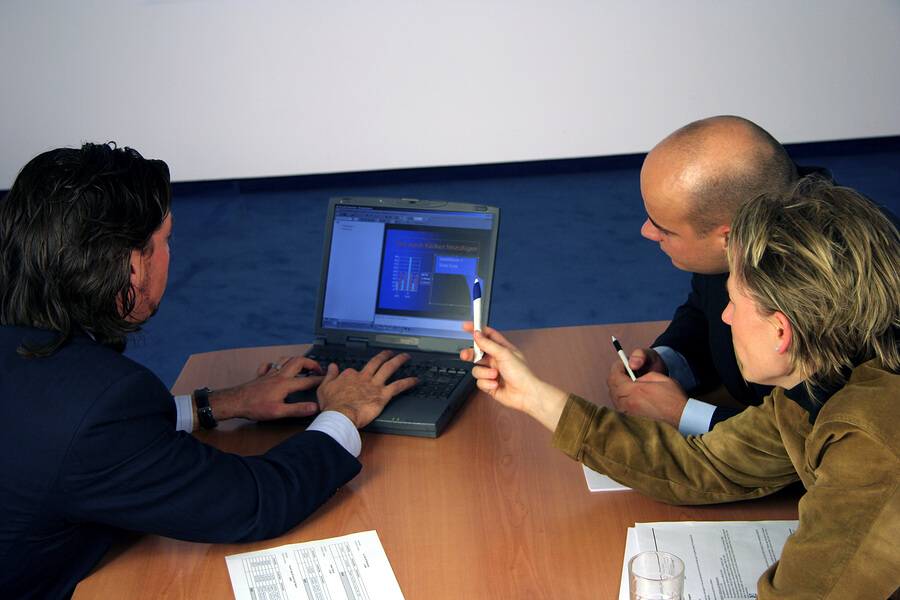PowerPoint files are generally used for presentations and training. The translation of a PowerPoint presentation helps to eliminate language barriers between the presentation, the presenter, and his or her attendees. PowerPoint translations are more powerful if they are translated to match the projected audience.
Points to consider before starting to prepare PowerPoint presentations
1. Know your targeted audience
This is crucial for getting the language right in your presentation and the speed of which you go through it. If you know your audience the presentation will be more effective. Also knowing the language or languages you may translate the presentation into will help decide which are the best fonts to use, how much spacing is required, and who your professional translators should be.
2. Checklist
- Can everything in your PowerPoint file be edited?
- Can the text be modified especially if images are attached?
3. Know your project’s restrictions
You will need to tell your translation company if there are likely to be any difficulties when translating the text. For example, you will probably have set a certain number of slides for your presentation but you will need to tell your translator whether any changes to the slide number order are possible. Some languages take up more text space than others so may affect word count and content of a single slide. This is a good step to follow for how to improve PowerPoint translations.
4. Revising the translated file
Once the translation has been returned to you, it’s important to see if your requirements have been followed. If you think the translation doesn’t really fit your requirements you may have to go over the project more thoroughly with your translator so that revisions can be made.



